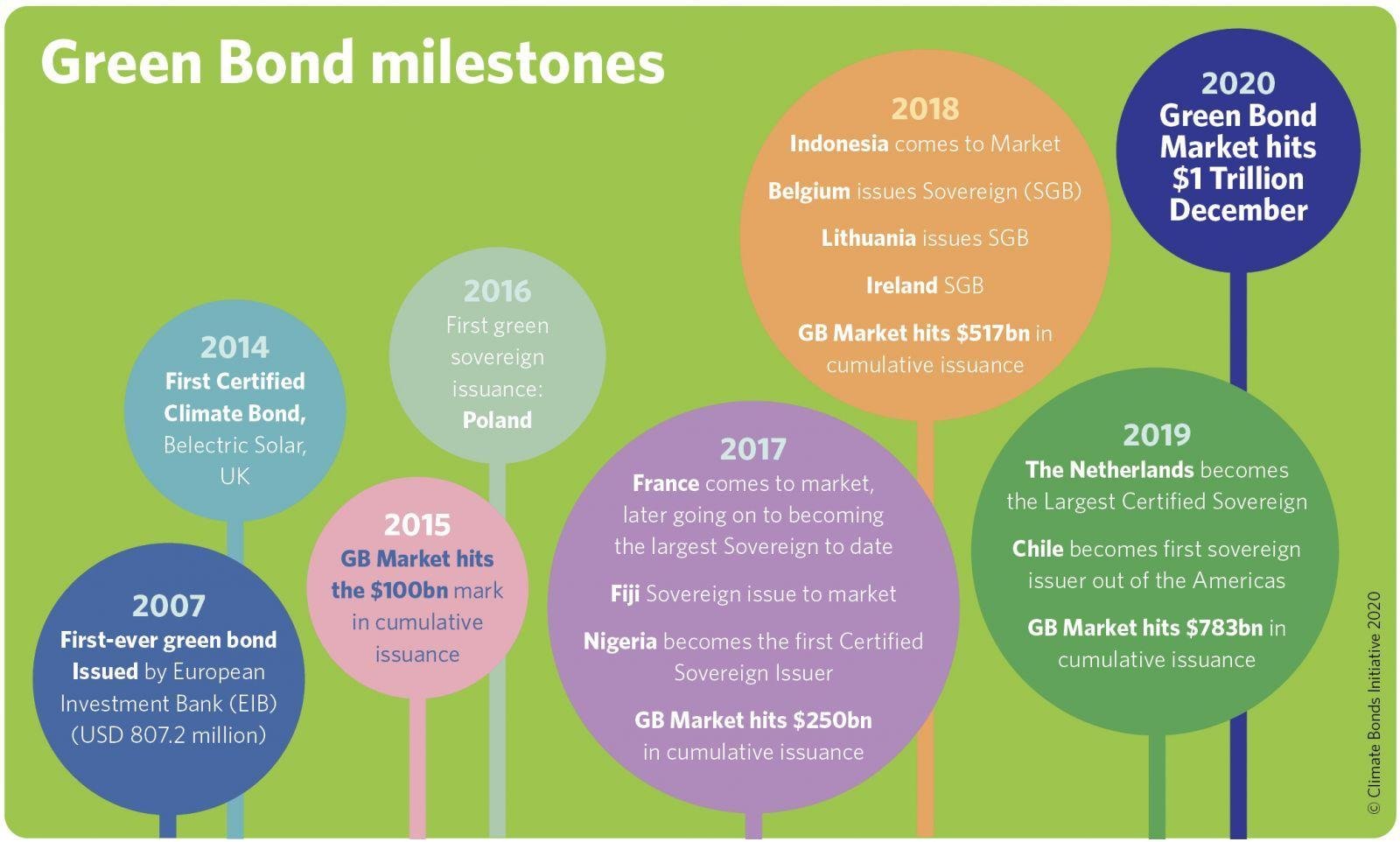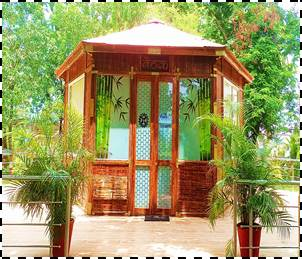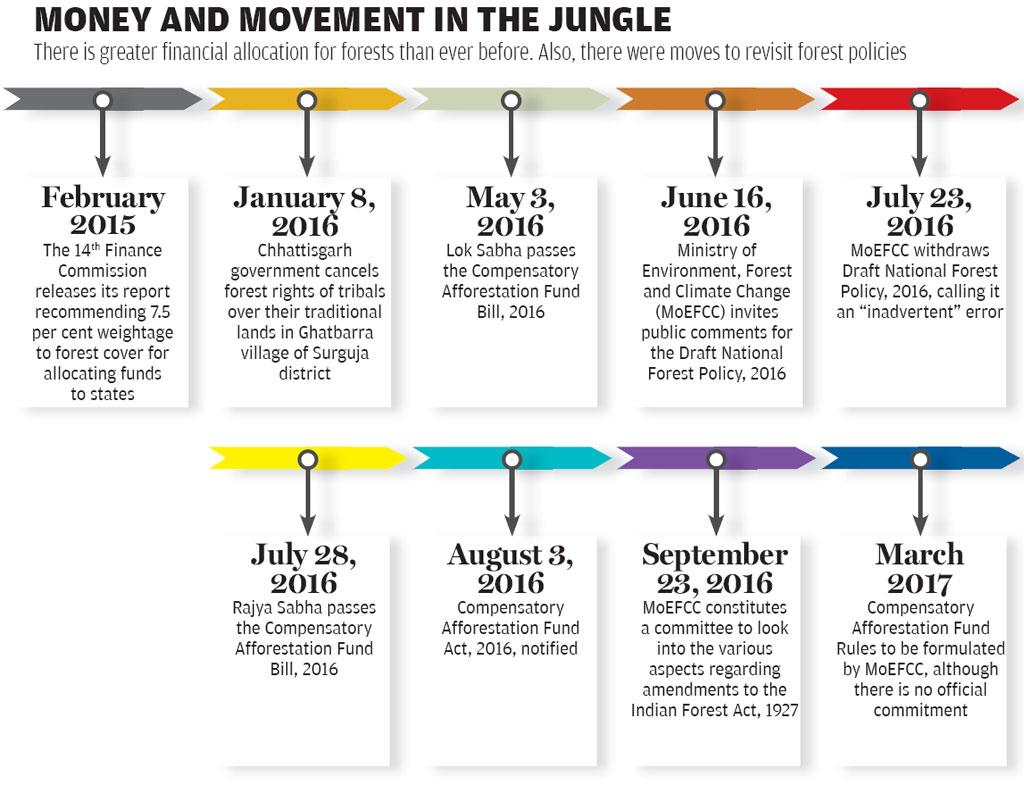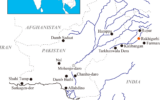
Microbial methane oxidation system for landfills
Subscribers of "Current Affairs" course can Download Daily Current Affairs in PDF/DOC
Subscribe to Never Miss an Important Update! Assured Discounts on New Products!
Must Join PMF IAS Telegram Channel & PMF IAS History Telegram Channel
- Context (DTE): A recent study proposes an innovative and sustainable approach to use microbial methane oxidation system (popularly called biocover) to control fugitive methane emissions from an old dumpsite at full scale in Estonia, Europe.
- The Estonian case study underscored the potential of using fine fraction from landfill mining for biocovers as a sustainable solution for methane control.
Methane emissions from landfills
- India has more than 3,000 legacy dumpsites that continuously generate methane.
- In 2016, methane emissions from India’s waste sector accounted for 14% of the nation’s total emissions.
- Methane, which is highly flammable, is the primary cause of landfill fires.
- Current methods for methane reduction in the waste sector: Source segregation, organic waste diversion, scientific treatment of MSW fractions, construction of sanitary landfills & dumpsite remediation.
What is Biocover?
- Biocovers are porous material layers typically spread over an entire landfill area.
- They are often waste materials, such as diverse composts, mechanically biologically treated waste, dewatered sewage sludge, or yard waste.
- It is an effective method to minimise methane (CH4) emissions from landfills through natural processing of microbial oxidation of CH4.
The method
- It consists of two layers: the gas dispersion layer and the CH4 oxidation layer, where actual oxidation takes place.
- The microbial CH4 oxidation process is carried out by a group of methanotrophic bacteria present in the soil biocover.
- The CH4 oxidation layer stops a fraction of CH4 produced in landfill sites from being released into the outer atmosphere.
- Both CH4 and oxygen are required for reducing CH4 emissions using the microbial CH4 oxidation process in landfill biocover.
- The biocover layer on landfills functions as a CH4 oxidation enhancer, converting CH4 into CO2, water, and biomass.
|
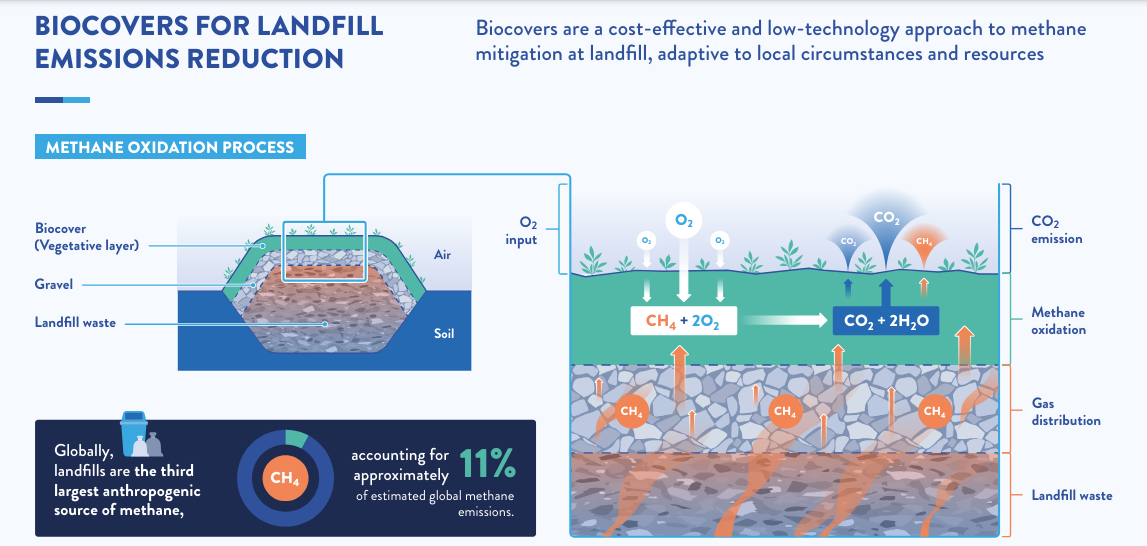
Credit: Climate and Clean Air Coalition
Factors affecting CH4 oxidation process
- Soil texture: Soil texture determines the porosity of the biocover layer, which influences CH4 diffusion from the gravel layer to the CH4 oxidation layer.
- Organic content: CH4 oxidation rate increases with the increase in the organic content of biocover.
- Moisture content: Excessive moisture in the soil cover negatively affects microbial CH4 oxidation by reducing the oxygen penetration level and biological activity.
- Temperature: Temperature greatly influences biological activity. A study found the optimum range of temperature varies between 15 degrees to 30 degrees.
- pH: Variation in the value of pH affects CH4 oxidation process in biocover of the landfill. pH below 5 negatively affects the rate of CH4 oxidation.
Benefits
- Through demand for composted material, it supports organic waste valorisation
- Supports circular economy
- Highly cost-effective
- Potential for climate finance
- Access to other materials when soil is not available for cover







